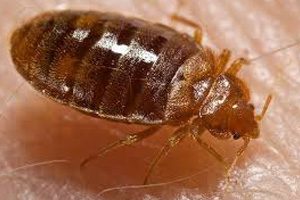To understand bed bugs, it is important to know the anatomy of a bed bug. Bed bugs are tiny, wingless insects that feed on the blood of mammals. Their small size allows them to hide and move around undetected. They are nocturnal so they are more active at night and hide in tiny crevices and other areas during the day to sleep and hide.

The anatomy of a bed bug is as follows; Bed bugs are oval shaped, similar to that of an apple seed. The lifecycle of a bed bug consists of three stages: eggs, nymphs, and adults. A full-grown adult can reach up to 5mm in length. Although small, bed bugs are not invisible to the naked eyes, and they can be seen most especially in their adult stage. The color of bed bugs ranges from translucent as eggs, to reddish brown as adults. They have six legs, and also possess a thorax, head, and an abdomen. They feed on the blood of mammals for survival. When looking at the anatomy of a bed bug in the egg stages you will see the eggs are clustered as a female bed bug prefers to lay the eggs together.
Feeding
Bed bugs feed on their host primarily at night. They will go for areas of exposed skin and then use their beak to break the skin and feed. Often you will not feel the bite until the next day because bed bugs have an anesthetic in their saliva that numbs you while they feed. Bed bugs are also very skittish and if you move while they are feeding, they will stop feeding and wait for you to settle again. This can lead to bites in multiple areas.



